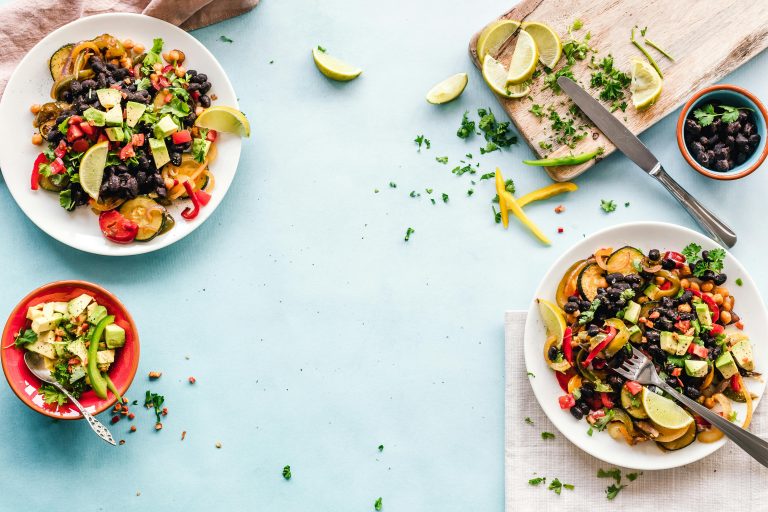
On the Trail of Caribbean Cuisine
29 August, 2024It is a composition of Africans, Europeans, Indigenous, and Asian influences. Combined to give something unique and flavorful to the taste buds.
What Makes Caribbean Cuisine Special?
The Caribbean can well be called a melting pot of cultures. And can be deep-rooted in the psyche of the people through its food. From the pungency of spices brought across by African slaves. To fresh seafood caught from the seas surrounding it. Every dish speaks something. It is characterized by the use of bold spices, fresh herbs, and local ingredients. Such as plantains, cassava, and tropical fruits.
Spice factor: One of the most important features of Caribbean cuisine is the prevalence of spices. Allspice, ginger, and Scotch bonnet peppers are grains that grace most meals. Giving them the distinctive taste of the Caribbean. These are combined to make distinctive seasoning mixes. The most popular one, arguably, is Jamaican jerk seasoning, used as a marinade on meats that can then be grilled or roasted.
Famous Caribbean Dishes
Variety and depth of flavor marked at the TonyBet login for more details
Jerk Chicken: This iconic Jamaican dish is something you should not go amiss with. Marinated chicken with a mixture of Scotch bonnet peppers, allspice, thyme, and other spices, then grilled or smoked to perfection. What emerges is a smoky, spicy flavored dish that’s been the favorite of everyone around the world.
Ackee and Saltfish: This is considered to be the national dish for Jamaica in most respects. Normally served with boiled green bananas, fried plantains, or breadfruit, the ackee—or fruit with a consistency like scrambled eggs—is sautéed with onions, peppers, tomatoes, and salted codfish.
Curry Goat: This is a meat curry of goat, usually prepared during low simmering with a flavored curry sauce till tender. This is widely popular across the entire Caribbean, especially in Trinidad and Jamaica. The curry is normally flavored with a mix of cumin, coriander, turmeric, and Scotch bonnet peppers.
Rice and Peas: This is one of those dishes that most households in the Caribbean have for lunch or dinner. This is rice cooked in coconut milk with kidney beans or pigeon peas, adding some aroma to it with thyme, garlic, and green onions. It is usually served as a side course accompanying meats or fish.
Callaloo: This is a green, leafy vegetable dish that closely simulates spinach, generally prepared with onions, garlic, and coconut milk. It is popular in Trinidad and Tobago, where it is often used as a side dish or as a base to thicken soups and stews.
Healthy Aspects of Caribbean Food
Caribbean cuisine is not only appetizing but also has plenty of healthy aspects to it. It comes with a certain amount of freshness in the ingredients being used and places stress on fruits, vegetables, legumes, and other plant-based foods.
A Plant-Based Diet: The majority of Caribbean dishes are made with a great variety of vegetables, legumes, and fruits. Staples like callaloo, okra, and sweet potatoes are full of nutrients such as vitamins, minerals, and fiber. This also furthers a healthy digestive system, therefore reducing the risk of chronic diseases.
Lean proteins include jerk chicken, meat stews, and fish. These are cooked with lean cuts of meat or fresh seafood and are good sources of dietary protein while being low in saturated fats. Grilled and roasted methods of cooking make these dishes even healthier.
Spices: Heavy use in the preparation of spices and herbs is done not just for flavoring food but also for their medicinal value in it. For example, allspice is an antioxidant and Scotch bonnet pepper contains capsaicin, which increases metabolism.
Coconut Milk: One of the ingredients in many Caribbean recipes is coconut milk, which is involved in a general way of healthy fats. It contains lots of medium-chain triglycerides (MCTs) that can sometimes be a bit more closely looked at when in a conversation about digestion and possibly improving weight loss.
Follow Sounds and Colours: Facebook / Twitter / Instagram / Mixcloud / Soundcloud / Bandcamp
Subscribe to the Sounds and Colours Newsletter for regular updates, news and competitions bringing the best of Latin American culture direct to your Inbox.

